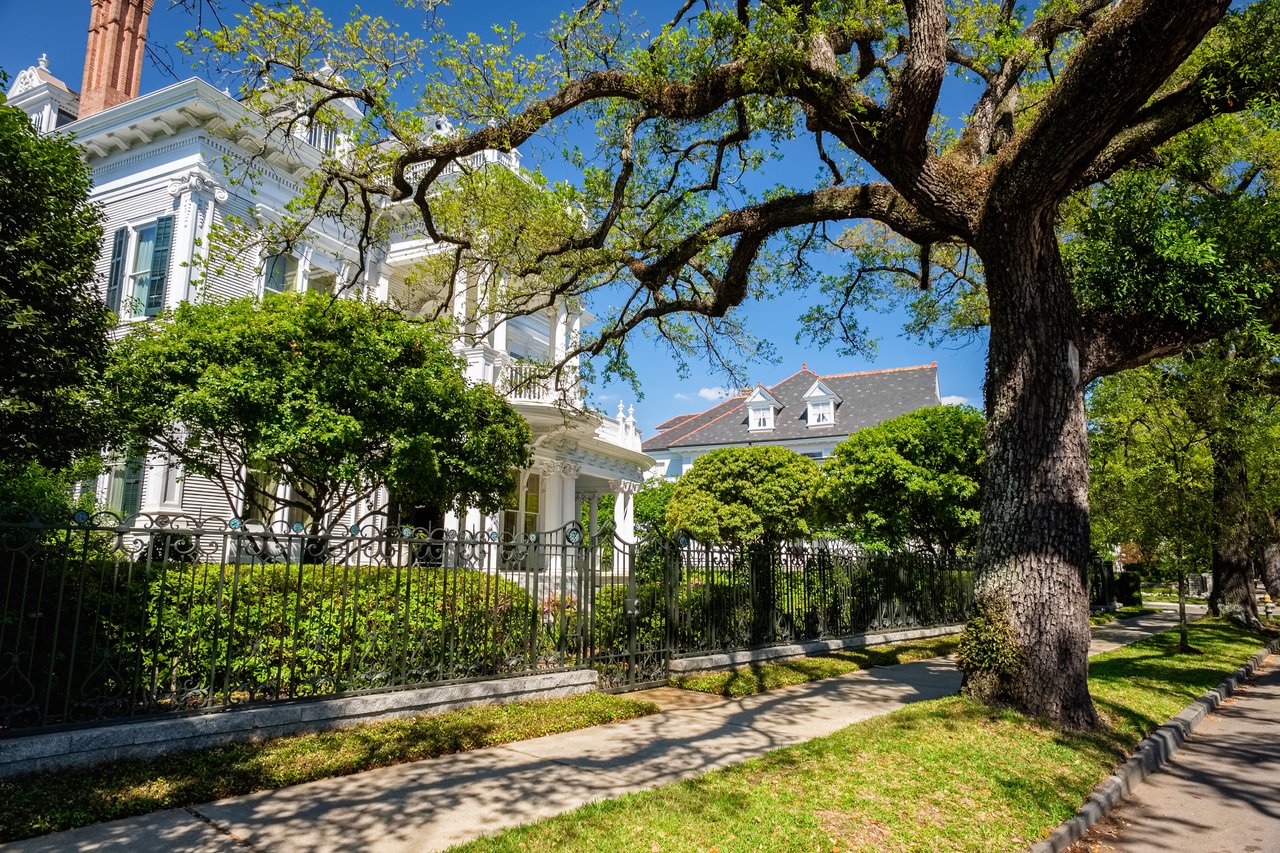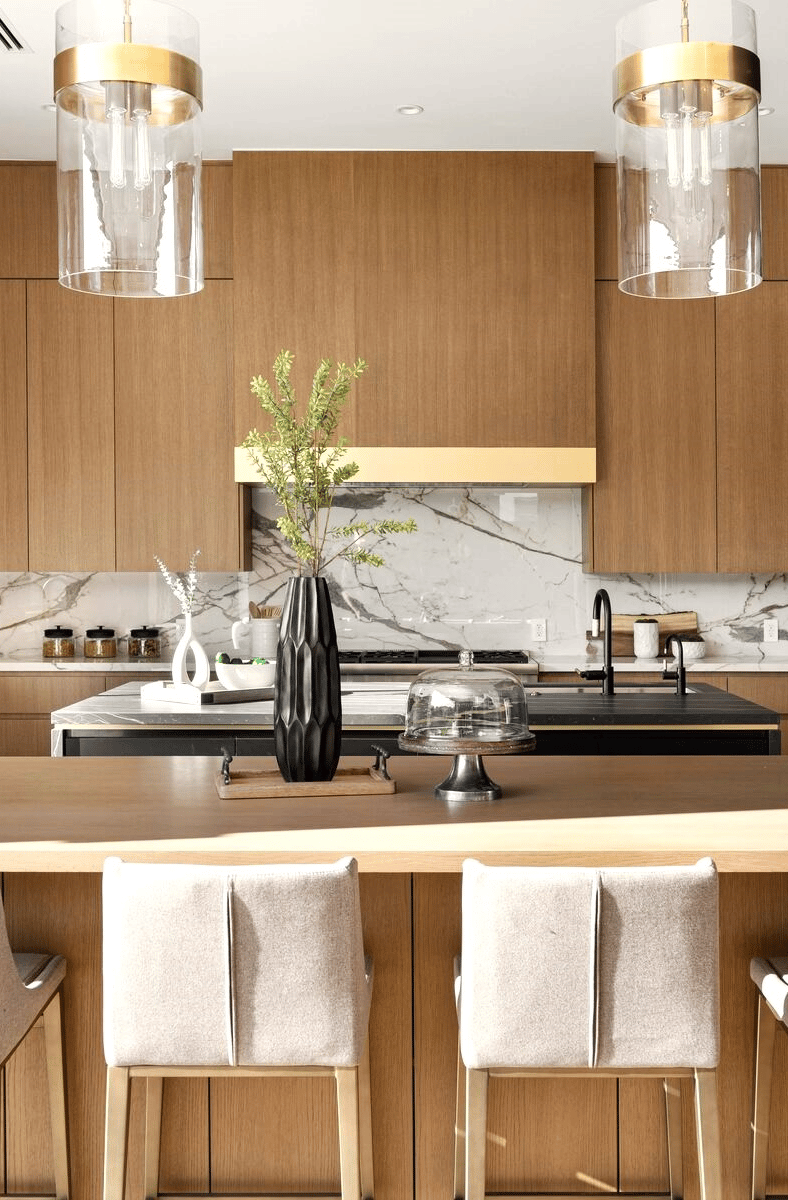Tucked along the north shore of Lake Pontchartrain, Mandeville is a city where history lives on in the architecture, street names, and stories passed down through generations. Walking through its established neighborhoods, it’s easy to see how this lakeside city has maintained its charm while embracing change. Mandeville offers a blend of past and present, where historic properties are woven into the everyday rhythm of life.
Let’s take a closer look at the historic neighborhoods in Mandeville, LA, that have shaped its character and continue to be sought-after destinations for those looking to call this Southern gem home.
Old Mandeville
Architectural styles include Creole cottages, Victorian-inspired homes, and Craftsman bungalows. Many of these houses feature raised foundations, wide front porches, and ornamental woodwork that give the neighborhood its unmistakable character. Lakeshore Drive, in particular, offers stunning views of the lake and is lined with some of the area’s most iconic residences.
Old Mandeville is also home to landmarks like the Jean Baptiste Lang Creole House and the Dew Drop Jazz and Social Hall. The latter, built in 1895, is one of the oldest surviving jazz halls in the country and continues to host live performances today. Residents enjoy a close-knit community vibe enhanced by the presence of coffee shops, restaurants, and the Mandeville Trailhead Market.
Lewisburg
The neighborhood’s proximity to water has influenced its development and aesthetics. Homes in Lewisburg often feature generous porches, tall windows, and breezeways designed to catch lakefront winds. Many of these homes have been meticulously preserved or restored, maintaining the neighborhood’s historic look while offering modern livability.
Bayou Castine Bridge, a charming one-lane wooden bridge, connects Lewisburg to the greater Mandeville area and acts as a symbolic entryway into a quieter, more secluded side of town. Residents here enjoy access to the water, tree-lined lanes, and a strong sense of history tied to the area’s earliest settlers.
Lafitte Street and the Lakeshore Corridor
Today, the homes along Lafitte Street vary in size and style, from modest cottages to grand lakefront estates. What ties them together is their shared connection to Mandeville’s early days as a vacation destination. The area still exudes a slow, relaxed atmosphere. Lakeshore Drive, in particular, is known for its peaceful walking path, waterfront views, and occasional community events that bring locals together.
The preservation of architectural details is a key feature of this corridor. Wood siding, original shutters, and exposed rafters are common elements that have been carefully maintained over the years. The neighborhood's ongoing appeal lies in its balance between historical integrity and everyday livability.
Massena Street and Beyond
Craftsman bungalows and early American foursquares are common in this part of town, offering wide eaves, deep porches, and thoughtful floor plans. Though not part of a designated historic district, these areas represent the everyday history of Mandeville—working families, educators, and business owners who helped shape the city into what it is today.
Walking these streets, it becomes clear that Mandeville’s charm is not confined to specific blocks. Its history is found in the details: a hand-carved balustrade, a weathered fence, or an original wrought-iron gate that has stood in place for decades.
Marigny Trace: An Option for Those Seeking Modern-Historic Communities
Marigny Trace offers the charm of a historic neighborhood without the upkeep that often comes with older homes. Streets are carefully planned, and community spaces are well-maintained. Many properties in this area incorporate elements inspired by the Creole and Acadian design language, including large front porches and French doors.
Marigny Trace presents an attractive compromise for buyers who appreciate the aesthetics of historic neighborhoods in Mandeville, LA, but prefer the conveniences of newer construction.
Navigating Mandeville’s Timeless Market With Confidence
*Header image courtesy of Unsplash

